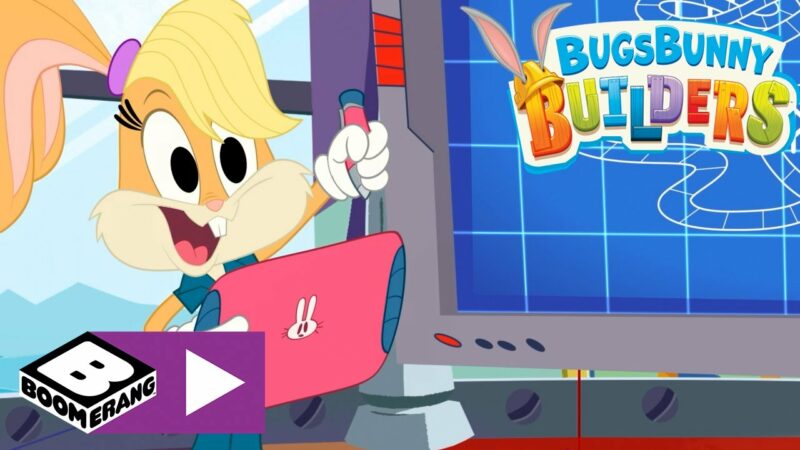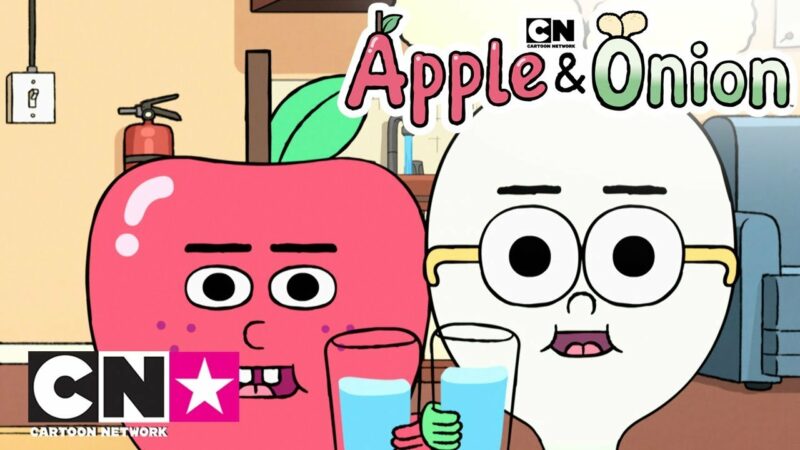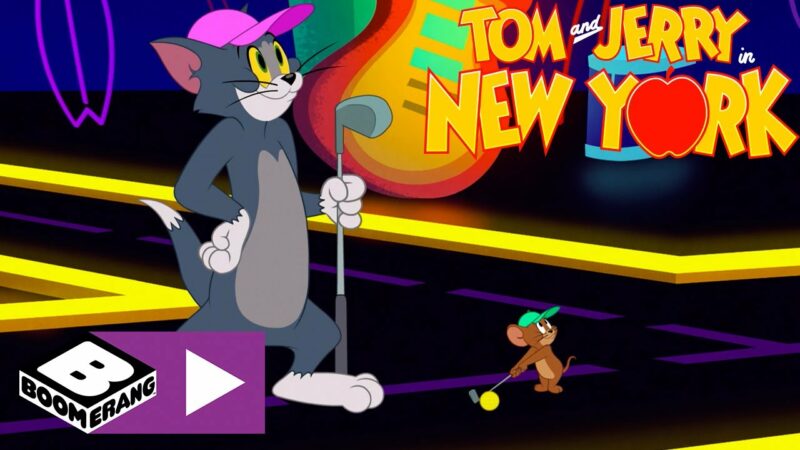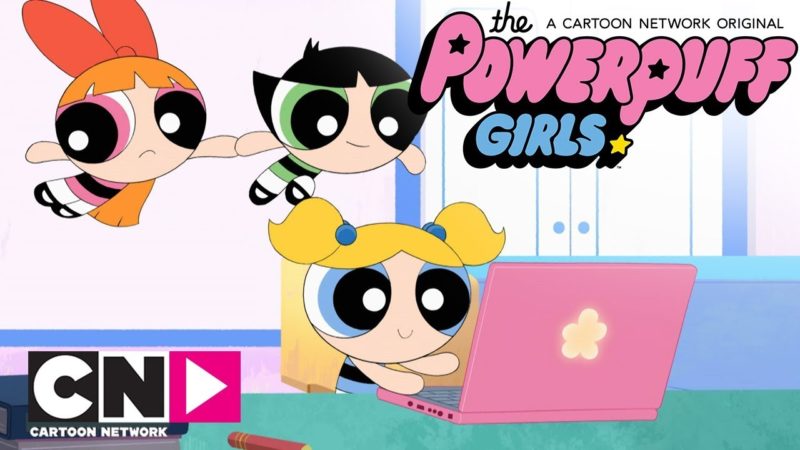Chibi Maruko-chan
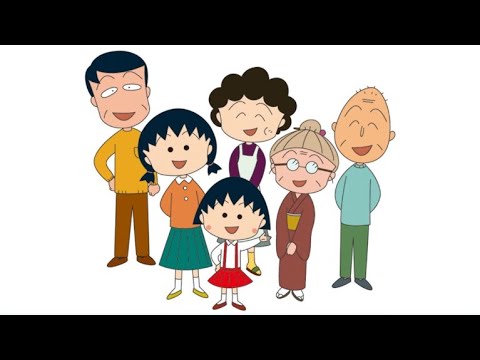
If you're a fan of Japanese anime and your childhood was in the '90s, chances are you're familiar with “Chibi Maruko-chan,” a timeless classic that has captured the hearts of generations of viewers. In this article, we will explore the origins and appeal of this manga and anime series that takes us back in time to the year 1974, in a quiet Japanese suburb.
The Birth of Chibi Maruko-chan
“Chibi Maruko-chan” is a manga series written and illustrated by Momoko Sakura. The story follows the daily life of Momoko Sakura, a young girl known to all as Maruko, and her family in provincial Japan in 1974. Maruko is a little trouble, and each episode chronicles her misadventures and how she and her friends manage to resolve the situations. The context of the series is the former Irie District, Shimizu, now part of Shizuoka City, the author's birthplace.
The first chapter under the title “Chibi Maruko-chan” was published in the August 1986 edition of the manga magazine Ribon. Other semi-autobiographical stories by the author had appeared in Ribon and Ribon Original in 1984 and 1985, and were included in the first “Chibi Maruko-chan” tankōbon in 1987. The author began writing and posting strips in her final year of high school, even though Shueisha (the publisher of Ribon and Ribon Original) didn't decide to publish them until over a year later. The author's intent was to write "essays in manga form"; many stories are inspired by events in her life, and some characters are based on her family and friends. The nostalgic, sincere and thoughtful tone of the strips led to her popularity among a wider audience.
The Successful Anime Adaptation
“Chibi Maruko-chan” was adapted into an anime television series by Nippon Animation, which originally aired on Fuji Television and affiliated television stations from January 7, 1990 to September 27, 1992. The series spawned numerous games, animated films and merchandise, as well as a second TV series running from 1995 to the present day. Maruko's style and themes are sometimes compared to the classic “Sazae-san” comic. In 1989, the manga received the Kodansha Manga Award in the shōjo category. By 2006, collected volumes of the manga had sold more than 31 million copies in Japan, making it one of the best-selling manga series.
The Challenges During the Pandemic
On 25 April 2020, it was announced that the second series would be put on hold due to the COVID-19 pandemic. However, on June 14, 2020, it was announced that the series would resume on June 21, 2020.
“Chibi Maruko-chan” has a special ability to transport viewers back in time, providing a nostalgic and carefree childhood. This series continues to enchant both old fans and new generations of viewers, proving that heartfelt and touching stories remain timeless. Whether you're an anime enthusiast or simply looking for a way to relive your childhood days, “Chibi Maruko-chan” is a must-see on your must-watch list.
History

In the quiet setting of the agricultural province of Shizuoka, in the 70s, lives a small and lively eight-year-old girl named Maruko. She wears a little red and white dress that perfectly represents her innocence and joyful spirit. Her story, however, is much more than just a little dress; it is a series of extraordinary adventures that develop in the folds of her daily life, nourished by the simplest and most genuine emotions of a carefree childhood.
Maruko is a concentration of sweetness and determination, an authentic heroine who enchants viewers of all ages. Her stories are a journey through the magic of childhood emotions, and allow us to rediscover the beauty of simple things.
The Anime That Conquered Everyone's Hearts
In 1990, Chibi Maruko-chan made its anime debut, produced by Nippon Animation and broadcast on Fuji Television. This was just the beginning of an enchanting journey. In 1991, on the occasion of the centenary of NTT (the Japanese state telephone company), Maruko became their mascot and even inspired a series of Telecards, now cult objects for collectors.
But the success of the anime didn't stop there. In 1995, a second cycle of episodes began, bringing even more joy to fans. The universe of Chibi Maruko-chan has expanded far beyond the screen, with a wide array of gadgets that bring Maruko's smile to every corner. From gashapons to adorable dolls, from office to magnetic figurines, there is no end to the variety of products inspired by this beloved series.
A Global Phenomenon and Video Games
Chibi Maruko-chan has won the hearts of not only Japanese but also international viewers. A Chinese version of the anime has become extremely popular in Taiwan, Hong Kong and South Korea, testament to little Maruko's universal appeal.
And if you love video games, there's a whole world of fun dedicated to it. From Namco's production for the Nintendo Famicom with “Uki Uki Shopping” to games created by Konami and Epoch for the Super Famicom (known as Super NES in the PAL area), little Maruko has also conquered the world of video games. Takara developed five games for Game Boy between 1990 and 1995, while other software was created for consoles such as Neo Geo and Dreamcast.
“Chibi Maruko-chan” is much more than just an anime. It's an exciting dive into the 70s and an experience that continues to bring smiles and moments of nostalgia. Whether you grew up with Maruko or are discovering her now, her timeless charm will captivate you and make you fall in love with her world of simplicity and joy.
Data Sheet
Manga
- Author: Momoko Sakura
- Editor: Shueisha
- Magazine: Ribon
- Target: Shōjo (for young girls)
- First edition: August 1986 – April 2009
- Tankōbon: 16 volumes (complete)
Anime TV Series
- Title: Chibi Maruko-chan
- Author: Momoko Sakura
- Regia: Jun Takagi, Yumiko Suda
- Subject: Mamiko Ikeda (episodes 273, 278, 283, 293), Momoko Sakura
- Film script: Ken'ichi Nishida
- Character Design: Hideo Kawauchi, Yuuji Shigekuni
- Artistic direction: Kanako Nomura
- Music: Nobuyuki Nakamura
- Production Study: Nippon Animation
- Network: Fuji TV
- First TV: From January 7, 1990 to September 27, 1992
- Total Episodes: 142 episodes (complete)
- Video format: Ratio 4:3
- Episode Duration: 30 minutes
- Episodes in Italian: Currently unreleased

